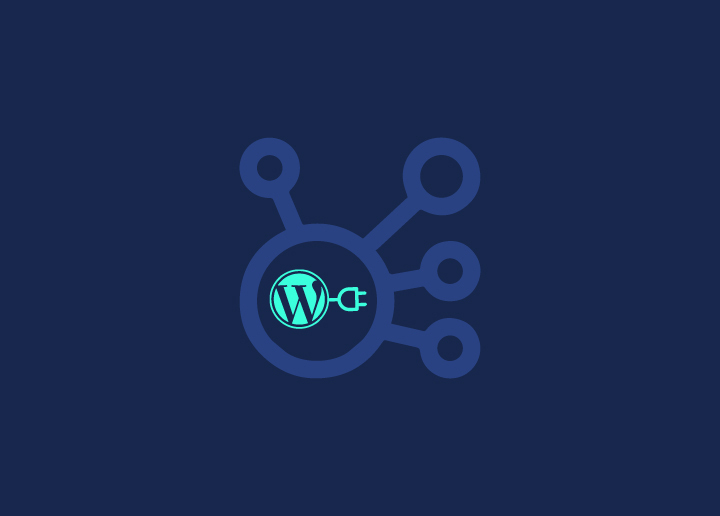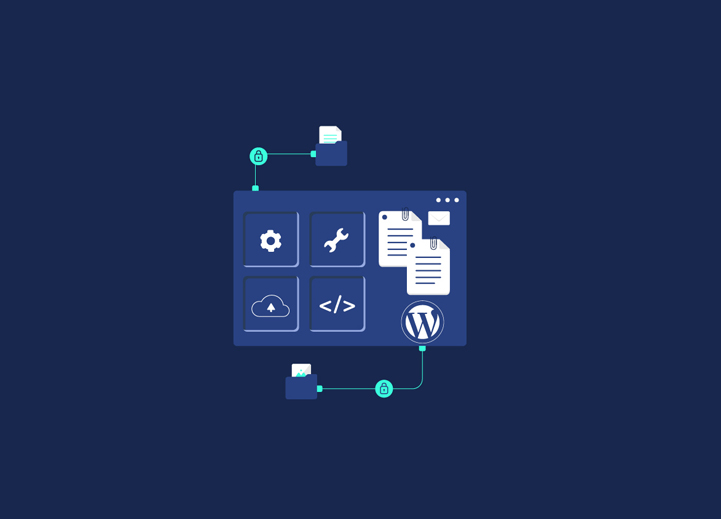Going on the Internet, browsing through so many web pages, you will come up with those who would be more professional than the others. Of course, there is an explanation to it too. And if you take into consideration the second or the third time you visit them, you will instantly notice some changes. Although they might not be in the layout, they will be quite visible. So, what is going on?
So, as mentioned several years ago, you could go on your favorite web page and see the same things over and over again. That was what was expected. There might have been new products or pages added, but overall, the design and the layout were quite the same. This is what is called a static website. However, with the change and development of technology, these static websites changed, becoming more dynamic. So, what does this mean? These websites do not have content added each time you visit them, but while you are visiting them. This is what is called dynamic information. It is updated in real-time while you are on the website. This dynamic information most commonly comes in the news or stock tickers, social media feeds, and weather reports for those who do not know what we are talking about. That particular information is inserted into sites., which is done by using a code or a widget, and the further updating comes from third-party services.
So, to dive deeper into dynamic WordPress content, let’s start with the basic and straightforward explanations of the process.
Contents
ToggleWhat is dynamic content?
In its most basic definition, dynamic content is the opposite of static content. When something is the same, constantly shown to you, without any change, that is what is qualified as static content. Dynamic content is the type of content that you can change based on different things.
Can dynamic content be created with WordPress?
For those who have at least once tried to create a website through WordPress (or elementor on WordPress), you must have seen that WordPress itself is pretty dynamic since its content is coming from a database. There are not any static pages. That means that the words will not change based on who you are as a writer or creator, how often you have visited the page, looked at it, or where you might be geographically located as a visitor. This might lead some people to think that WordPress does not do any dynamic content. However, that is quite not true. Although the dynamic content might not be the software’s default feature, several plugin providers have already created such solutions that help with the personalized content.
What is dynamic WordPress content?
Created out of the area of dynamic content, the dynamic WordPress content is a special and particular type of content that changes its behavior. Several factors cause this. These factors can include a user’s profile, interests, engagements with that specific website, and many more things. The dynamic content is very effective and efficient. Some might find it difficult and complex to understand, but it, in fact, is not.
Static vs. Dynamic Content
As mentioned above, static and dynamic content are different things. Although they might not be quite different, it does not mean that one is better than the other. Overall, it all comes down to using the right content typology based on one’s needs and situation. That is why it is essential to understand both the dynamic and the static content when it comes down to designing a successful website.
The dynamic content can be perceived as part of the design that adds and caters to the user’s experience, making it more personal and unique. This applies to every visitor. Contrary to this comes the static content. It is just as important as the dynamic one, which allows the visitor to see the basics or the website, or as some might call it, “skins and bones.”
Dynamic content using elementor
Elementor has a number of features, one of which is dynamic content. You can use this functionality to provide dynamic content in your theme templates. If you wish to manually input the title of your site when constructing a page with Elementor, such as the homepage, you can do so. But consider this: What if you decide to modify the title of your website in the future? You must manually alter the site title on your homepage. This might not be a severe issue if you merely put the site title on the homepage. What if you also included the site title on other pages? This is going to be a nightmare for you. This is when dynamic content enters the picture. The Site Title widget in Elementor will automatically draw your site title into the place you add it to. Post title, site logo, post meta, post content, featured image, and so on are all instances of dynamic content and all of them can be added to your design using Elementor.
How to handle personalized content with anonymous visitors?
Many people are afraid of the dynamic content. One can get that impression if the content is too personalized. That is why it is best to keep certain anonymity when browsing websites. So, how can you deliver personalized information for the customers without knowing who they are?
Here is one common example. Going to an online store for shopping is a common thing today. Specifically, if the store offers both men’s and women’s products. All of them are followed by product photographs. Whether you just want to see what is there or you need something, you choose the “Men’s” section first and browse for a bit. Then, you go back to the homepage. Here is what the webpage sees and asks: should the featured items on the web page be customized for men? This is what describes personalization. The next time you come back to the page, and go into the “women’s” section, the featured products of the homepage will not change into female’s products. What is happening here is using dynamic content based on the browsing session and not on gender. This way, you don’t have to reveal who you are, your gender, etc. to shape the experience of the site.
There are several ways to achieve that, such as:
– visiting behavior – one great way is to show content on a page to first-time visitors. If they do come back, you can keep showing it.
-previous location – the dynamic content on the website can be added based on whether it came from Google, Facebook, or some other page.
– current site location – you should see whether the visitor is on the specific URL site. That information will help shape the content on the page.
– custom parameters – if you are or want to send out emails, then, you need to add custom parameters to the links and change the content.
– date/time – if you are looking to highlight a certain upcoming event, and you do not want it to show up after it has passed, this is a great option to consider.
– physical location – the dynamic content can be changed based on where the customers are coming from.
Why do you need dynamic local content?
Many reasons show going with dynamic local content is a good approach. Think of it this way:
if you run a website specializing in weddings, for example, it would be conducive to the visitors if there is some additional information about venues or vendors displayed on the website. This not only narrows the search but focuses on the location of what you are looking for. This is only a basic explanation of what dynamic local content means.
With its presence on the virtual sky, there are lots of different dynamic content categories.
Dynamic content categories
The Internet today offers so much different and valuable information. That is why every site can make use of the local knowledge that is out there. However, just like with everything else, some benefits are a bit more obvious than the others. So, depending on the type of site that you are building on working one, there are different dynamic content categories:
News
As information, the news is constantly changing, and that requires dynamic content. This is critical because as a website, you will want to show the latest breaking headlines. On the other hand, the old news is old news. They are obsolete, so it is essential to feature the latest stories on time and fast. A widget that posts and refreshes the news can keep the relevant content up and make day-to-day management much easier.
Social media
Social media is an integral part of everyone’s life. Whether you are an individual or a company that depends on it, managing social media is very much required. No social media presence can poorly reflect on the business. Many online companies are now creating social media widgets, which are a collection of their social media feeds in just one place. Introducing a social hub on such a site is an easy way to keep the content local and dynamic and keep the visitors updated on the latest happenings.
Travel and tourism
When it comes to dynamic content, one of the areas that can most dominate is travel and tourism. Showing content about certain local places will attract people to visit them. That is why updated information about the geographical idea is a must. This includes dynamically updated news, weather, lodging information, transportation options, and many other things.
These are just some areas where the dynamic WordPress content will show its great benefits and properties. If you are a small or big business, consider adding Dynamic WordPress content to your website.















